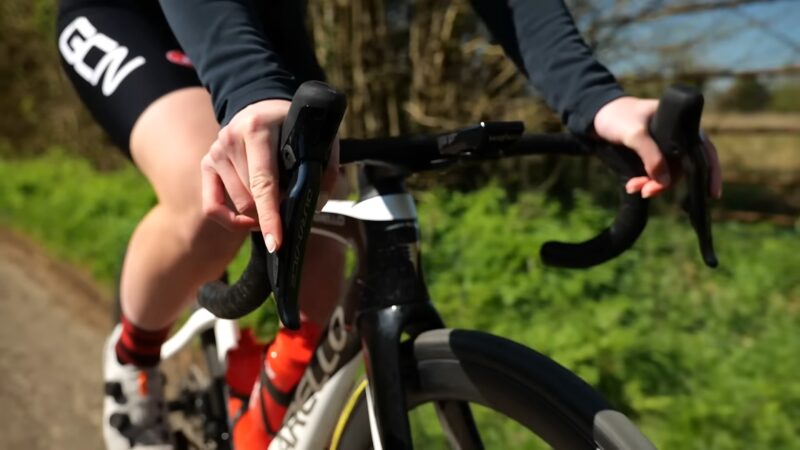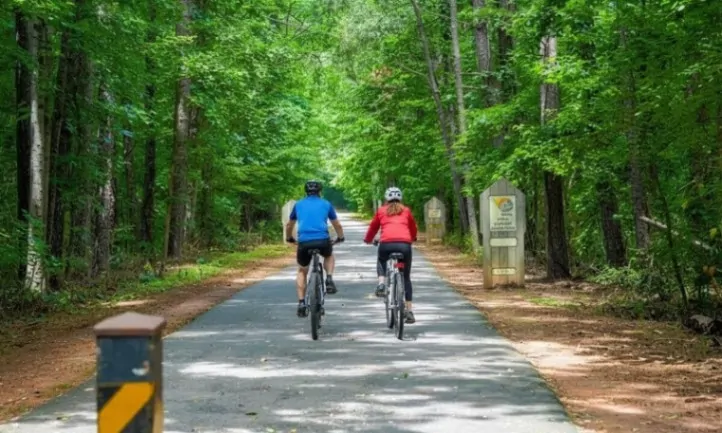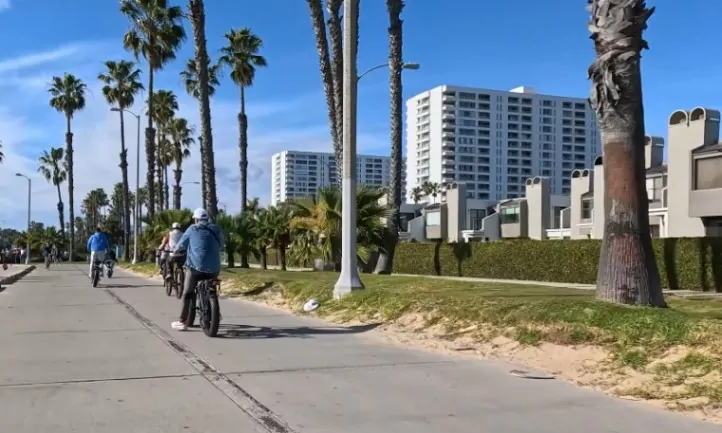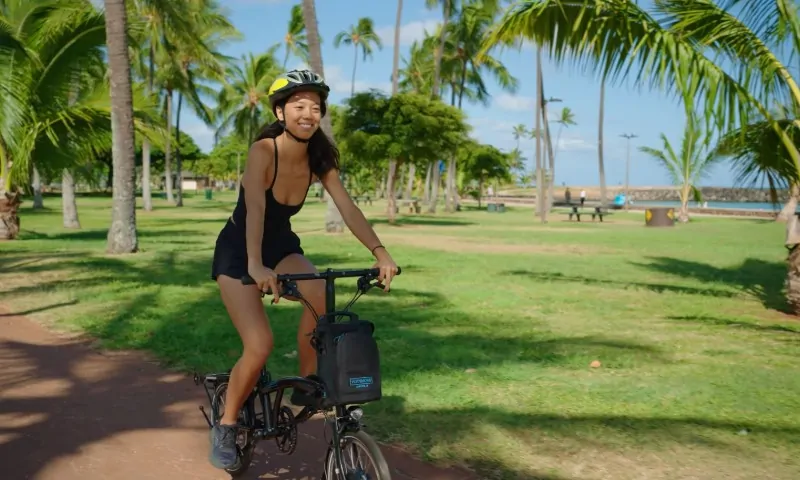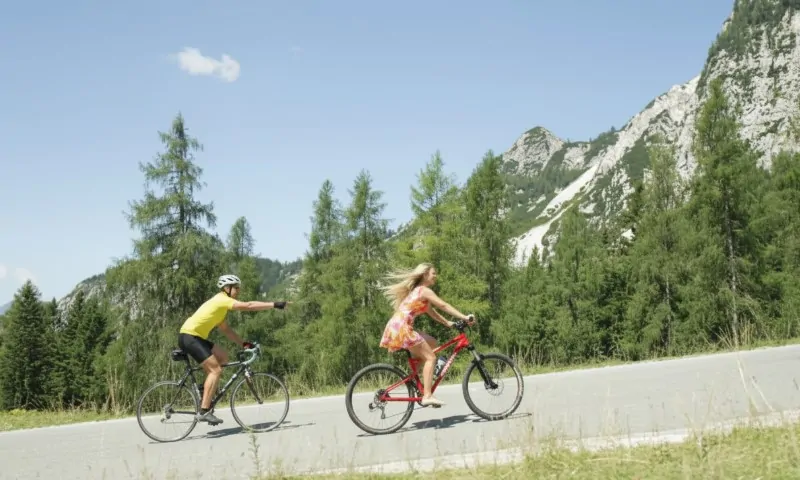Proper bike fit is crucial for comfort, performance, and safety in cycling.
Many cyclists underestimate its importance, but it can significantly impact your potential.
A well-fitted bike enhances comfort and allows for faster, more efficient rides.
Here are some signs that your bike might not fit correctly and what you can do to fix it.
1. Stem Length and Height
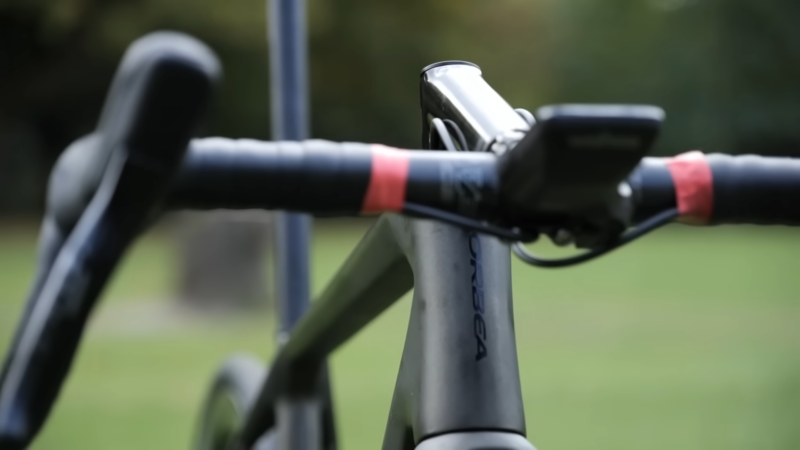
If you’re reaching too far for the handlebars, check your stem.
Integrated handlebars come with a fixed stem length, but with traditional handlebars, you can select different lengths. However, a stem that’s too short can make the bike harder to control at high speeds.
Using an overly long stem (longer than 13 or 14 cm) to compensate for a small frame can negatively impact handling.
It slows steering, dampens response, and shifts your weight forward, reducing traction and stability in corners.
If you need such a long stem, it’s time to consider a larger frame for better balance and control. Getting the right stem length is essential.
Spacers are used to adjust handlebar height. Using more than three 1cm spacers under the handlebar can be risky and compromise the steerer.
If you need extra spacers, your frame might be the wrong size, or a bike with a different geometry might suit you better.
Avoid placing spacers above the handlebars; instead, cut the handlebars to reduce height and eliminate the need for a top spacer.
2. Seatpost Over-Extension Limits
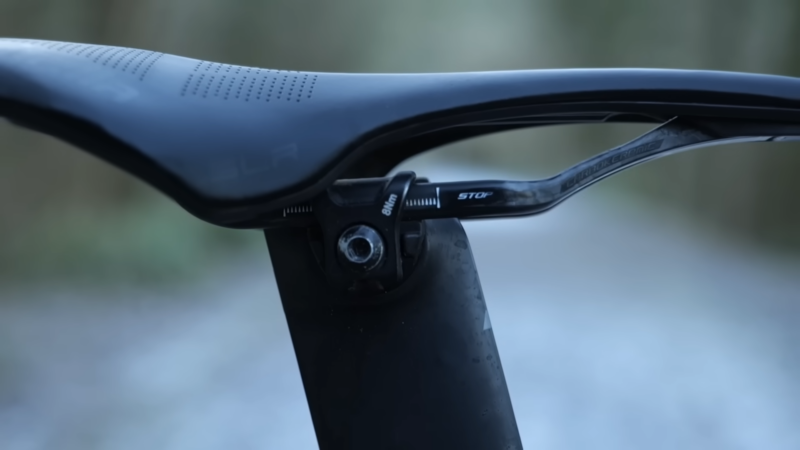
An excessively extended seatpost indicates that your bike is too small. Ideally, only a reasonable amount of the seatpost should be visible above the frame. Riding with too much seatpost extended can stress the frame and potentially cause damage.
Always ensure your seatpost is within the manufacturer’s recommended extension limits. If you can’t achieve full leg extension within these limits, you need a larger bike frame.
3. Wrong Crank Length
Using cranks that are too long can cause discomfort and inefficiencies, especially for those with limited hip flexibility.
Long cranks can lead to knee flaring at the top of the pedal stroke. Switching to shorter cranks can alleviate this issue, providing a more natural and efficient pedaling motion.
4. Insufficient Stance Width
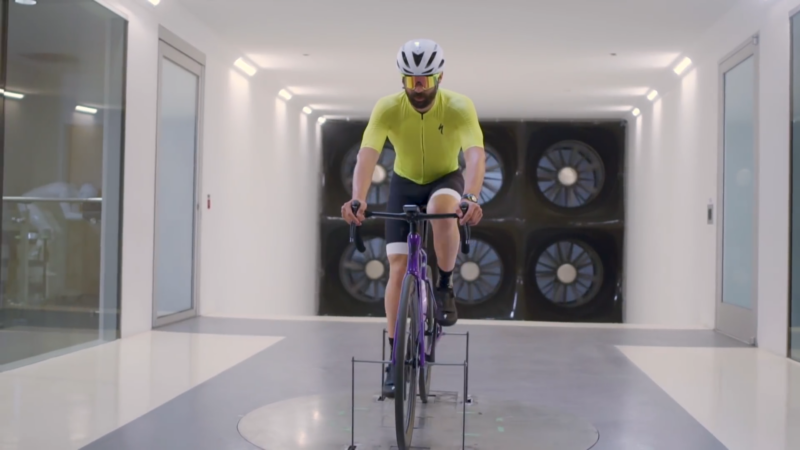
Stance width, the distance between your feet when pedaling, is crucial for comfort and efficiency. For those looking to optimize their setup further, selecting the best road bike pedals can significantly enhance stability and power transfer.
You can adjust your stance with pedal washers, different spindle lengths, and pedal adapters. If these adjustments don’t work, you might need a different bike frame or crankset to achieve the proper stance.
5. Reaching Excessively for the Handlebars

If you find yourself reaching excessively for the handlebars, mimicking a “superman” pose with your torso bent low and your arms stretched out, your bike is likely too large.
This position is uncomfortable and potentially dangerous, as it makes it hard to reach the shifters and brakes quickly, increasing stopping distance and risking accidents.
Moving the saddle forward to counteract excessive reach can disrupt your center of mass, leading to further discomfort and instability. Instead, consider a smaller bike frame where the handlebars are closer to your body, reducing strain on your arms and core.
For some riders, choosing a bike with less aggressive geometry might be best. A touring road bike offers a more upright position compared to a race bike.
While it may sacrifice some aerodynamic performance, it provides a more comfortable riding experience.
6. Eyeing the Front Hub
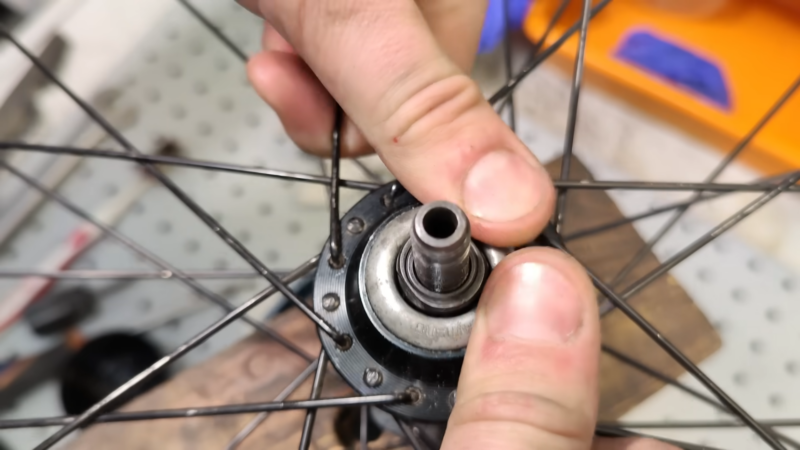
A classic rule in bike fitting is checking the visibility of your front hub while pedaling.
If you can see the hub behind the handlebars, your reach is likely too long; if it’s in front, your reach is too short. This simple test helps determine if your frame size is appropriate.
To adjust reach, try changing the stem length. If adjustments don’t correct the hub position, consider a different frame size.
7. Bar Width Too Wide or Too Narrow

Handlebar width affects comfort and performance. Bars that are too wide or too narrow can cause wrist, hand, and shoulder pain.
For optimal comfort, choose a handlebar width that matches your shoulder width—typically 36-38 cm for women and 40-42 cm for men.
8. Tilted Shifter Angle
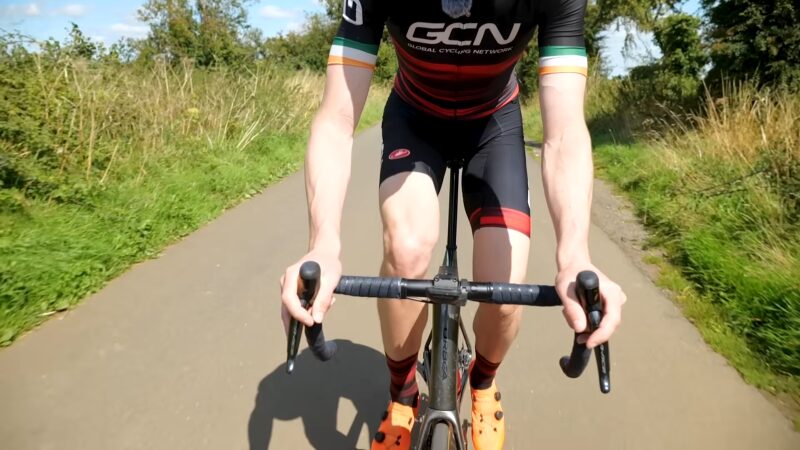
Shifters should be positioned for optimal hand and wrist comfort.
Tilting shifters upwards to bring them closer can cause neck and shoulder tension and make the ride less stable.
Additionally, adjust the handlebars so the dropped portion is parallel to the ground to avoid discomfort.
9. Can’t Get the Right Setback
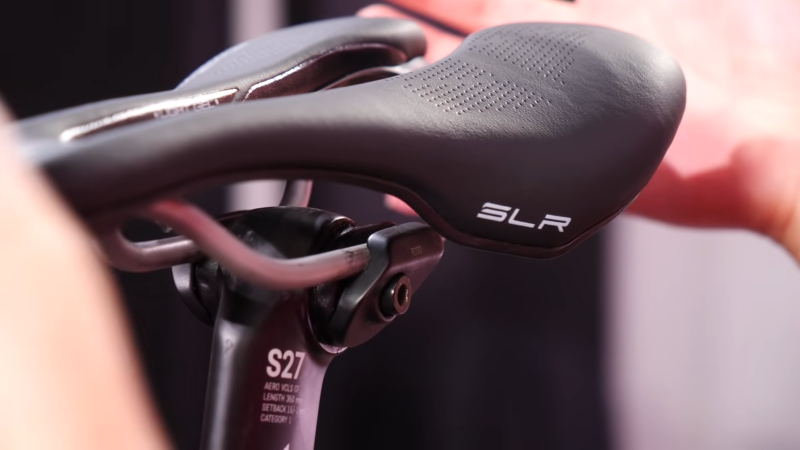
Seatposts come in various styles—setback, inline, and set forward.
If none of these options provide a comfortable riding position, your bike might be the wrong size.
Needing to push your saddle far forward suggests you need a smaller frame while pushing it far back indicates a larger frame is necessary.
10. Shoes Hit the Front Wheel

If your front wheel touches your foot when turning, it can be a sign that your bike is too small.
While a small amount of toe overlap is common and can be influenced by foot size and cleat position, significant overlap that affects your riding indicates a need for a larger bike with a longer wheelbase.
This will provide more space for pedaling without interference from the wheels. When selecting the best road bike tires for your needs, consider their width and tread pattern to optimize handling and comfort on various road surfaces.
Related Posts:
- Top 10 Signs a Motorcycle Has Too Much Mileage
- How to Select the Best Road Bike Tires for Your…
- How to Pick the Perfect Bike for Your 5-Year-Old
- When and Why to Use Suspension Lockout on Your Mountain Bike
- How to Fix a Dropper Post on Your Mountain Bike
- Your Guide to Scranton's 2nd Annual Bike Event 2025

